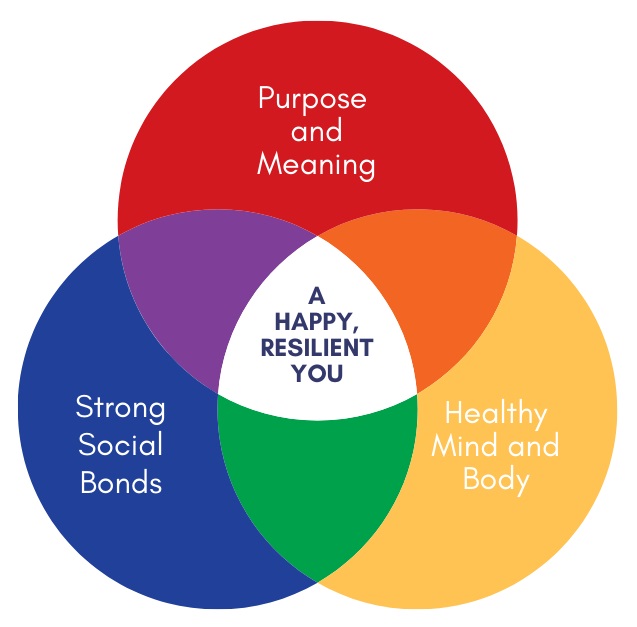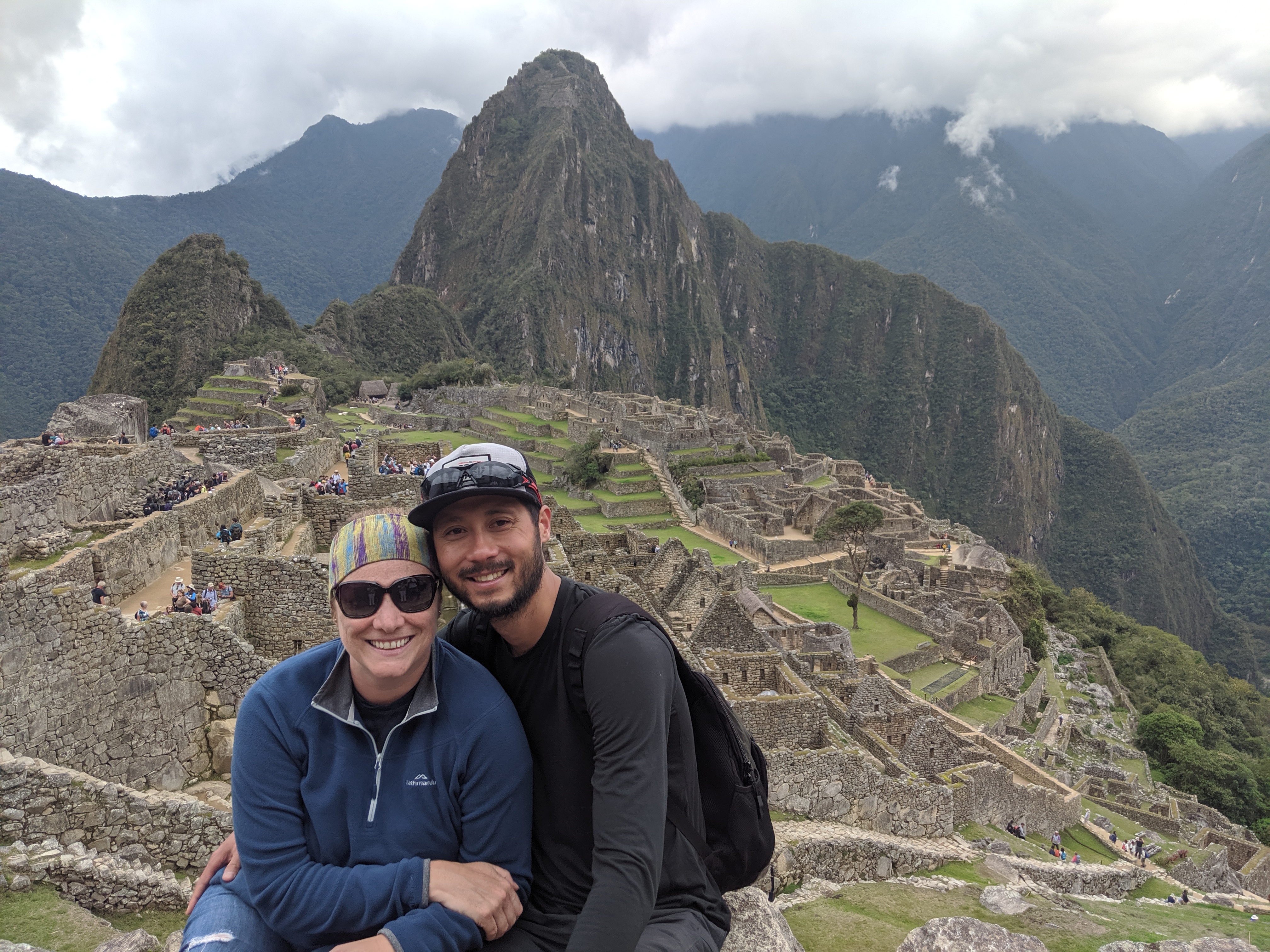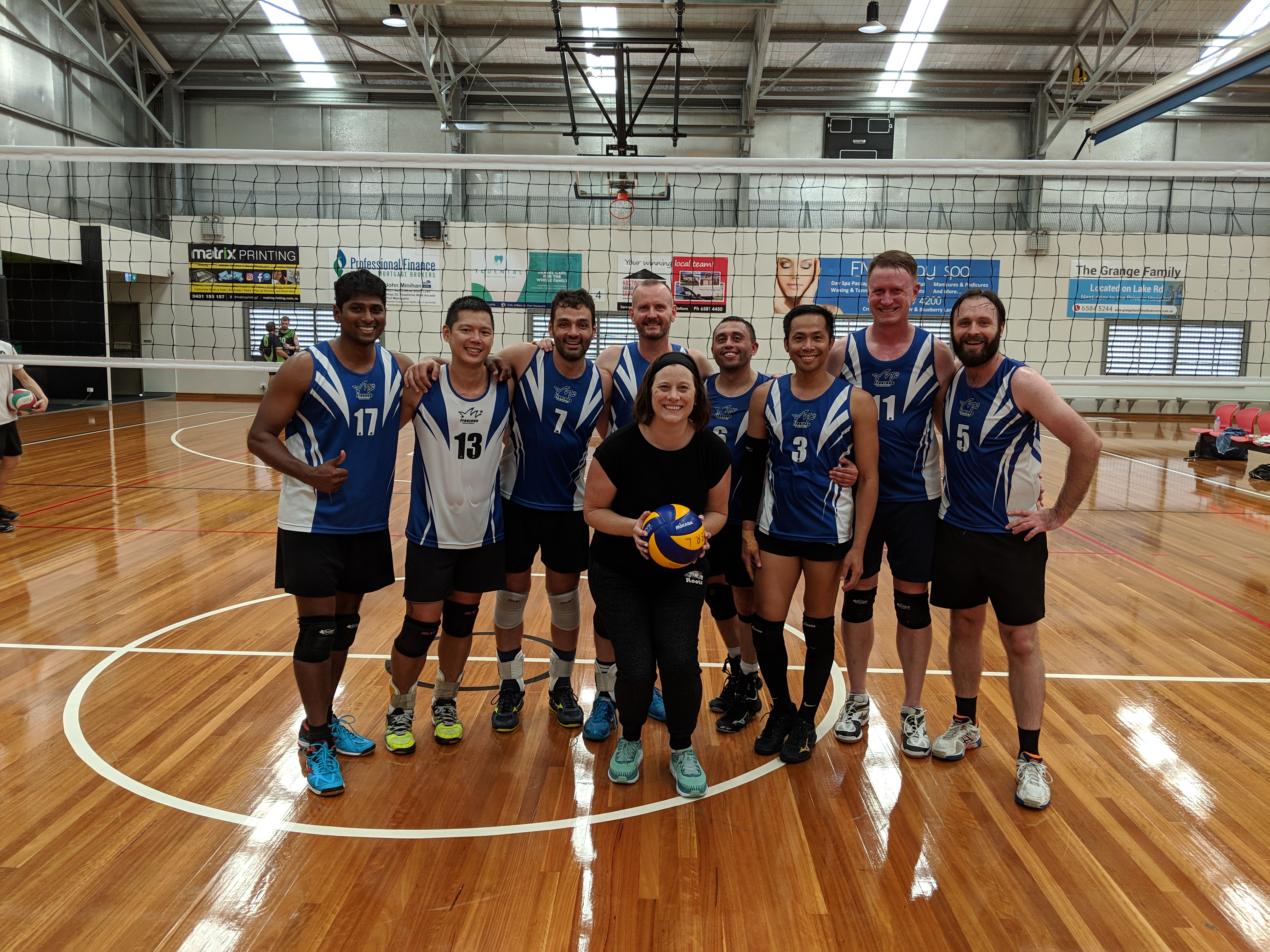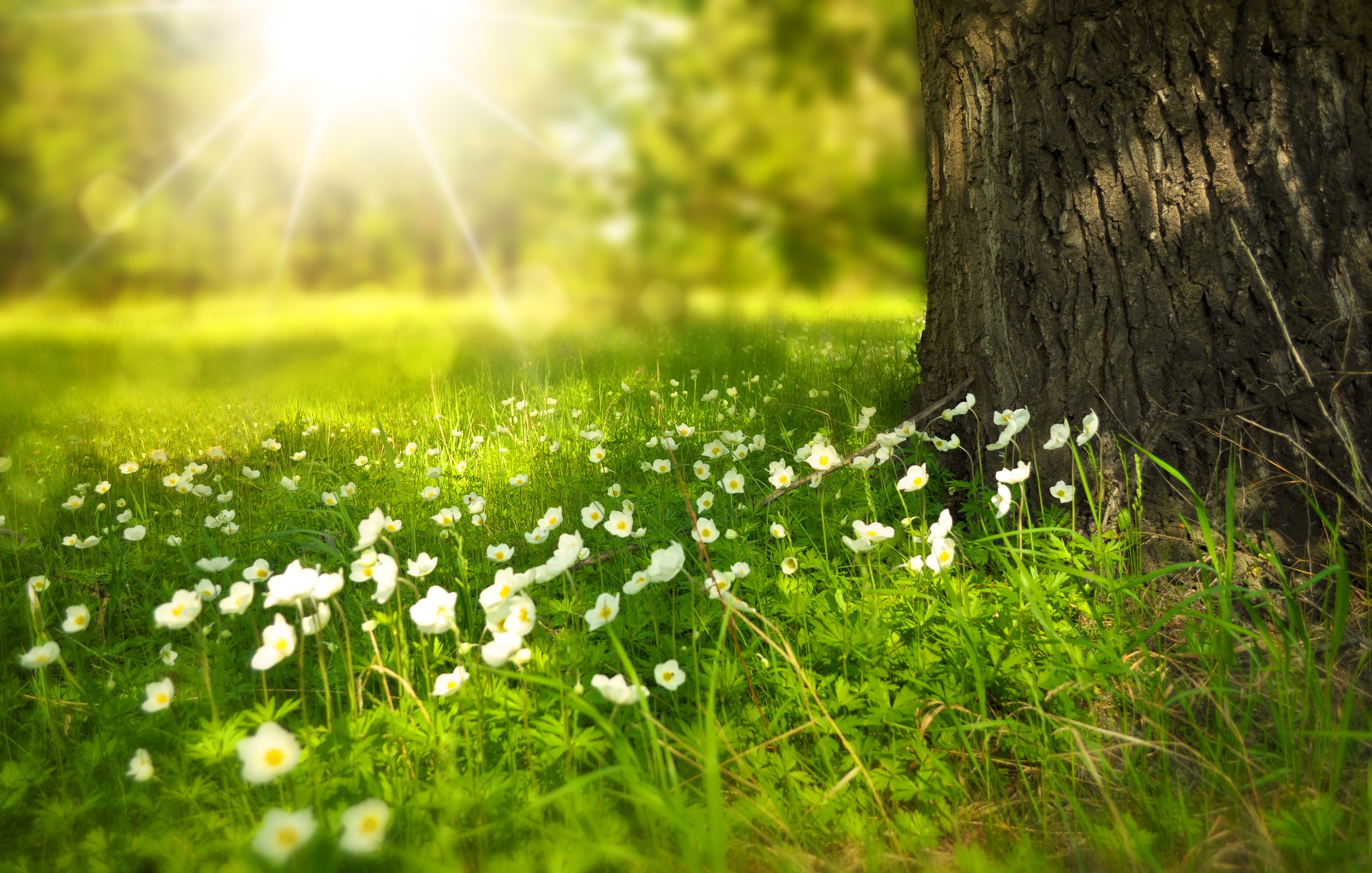A couple of years ago, I was on holidays in central Vietnam with my best friend. That day we were doing a guided motorbike tour through the mountains, with a stop for a swim at some waterfalls around lunchtime.

I never made it there.
Just before lunchtime, I came of my motorbike, tumbled down a mountain, and nearly died.
And here’s the kicker, that wasn’t the worst part.
What’s worse than nearly dying?
The worst part wasn’t when I thought I would have to have my leg amputated.
It wasn’t the 12 surgeries, and years of pain and rehab.
And the worst part wasn’t being told I would never play volleyball again – as someone who had played for my country and on scholarship at university in the US, that was still a pretty devastating day.
But no, the worst part was months after my accident, shortly after I came home from hospital.
After months of laying on my back in a hospital bed, being discharged was what I wanted more than anything. And it was great. I could eat what I wanted, and sleep in if I wanted. I had my autonomy back and I was so happy.
Until I wasn’t.
Because a few weeks after coming home, everything unexpectedly fell apart. One day, I moved myself from the wheelchair onto my couch and started to cry. A few hours later, I wheeled myself to my bed, which is where my husband found me when he got home, and where I stayed – crying – for the next four days.
After the crying days, I fell into depression. During that time, if I felt anything at all, I felt guilty for being sad and not acting more grateful that I had my life and my leg, and I felt confused at why I was so devastatingly depressed so long after the accident – to me, it didn’t make sense that I should be so down when the most painful parts were behind me and I was finally able to get some semblance of my previous life back on track.
The physical pain had been so much easier to deal with than the depression. I was so lost and just empty and I couldn’t see any way out. Over that time, I was mostly stuck at home except for my physio sessions three times a week. I worked from home for a few hours in the afternoon. I slept. A lot. Life was happening, that was the most I could say about it. And it was some time before I regained my mental health and felt like me again.
Searching for answers
It was only through dumb luck that I stumbled upon the right things to pull myself through the other side of what was a very dark time. I now know what helped, but I’ve been on a journey to figure it all out.
You see, once on the other side, I began to talk to people who had had similar periods of depression following big life changes. I went from feeling alone and guilty that I hadn’t coped well, to feeling indignant that this was so common!
So I started conducting interviews with people all over the world to understand the differences between people who deal with change well and those who don’t. I’ve spoken to Olympic athletes and their coaches, to current and former military personnel, to people who have retired, changed careers or been made redundant, and I’ve spoken to people who’ve had heart-breaking diagnoses and accidents.
The sad news is that so many people go through major changes in their lives, and so many don’t cope well with it.
The good news is that there’s a group of people who are showing up every day, regardless of what life throws at them, and they’re taking change in their stride. They’re resilient, they’re happy, and they have three things in common.
The three foundations to a resilient and happy life
Firstly, resilient happy people have purpose and meaning in their lives, and this is often tied to a strong sense of identity and self. This is about having something to get you out of bed in the morning, and about having goals, plans and commitments.
Secondly, resilient happy people have strong social bonds. They have people they could talk to and depend on, they also tend to be far more involved in parts of their community, such as church or regular volunteering.
Thirdly, resilient happy people practice and prioritise some positive habits for a healthy body and mind. That could be getting out into nature for walks, or going to the gym, or playing on a sports team – or it could be meditation, drinking water, and making sure they get 8hrs of sleep. What they actually do varies, but what is common is that they always prioritise their ‘healthy mind and body’ time, even when they’re busy.

It’s worth noting that this isn’t to say that when things go wrong or bad, that people don’t feel pain and sadness. It means that despite uncertainty or pain of their situation, they were able to maintain resiliency and not let higher levels of stress overwhelm them or lead to depression.
So why did everything fall apart?
It took me a while to work out where everything had gone wrong for me. But as mentioned before, with hindsight it’s so clear.
When I left hospital, what I had failed to understand is that the fight to survive and keep my leg had given my life meaning and purpose during those months in hospital. The hospital environment had also given me social bonds: an army of medical professionals and friends and family who had rallied by my side after the accident.
But the day I left hospital, everything suddenly stopped. I spent hours alone every day and had nothing much to do, and it didn’t take long for me to crash.
My mental recovery was gradual, but there were two changes that pushed me out of that dark place.
Creating Purpose and Meaning Again
Firstly, I had been quite frustrated at how slow rehabilitation is. I’d been an athlete, and I am quite competitive, and I was already bored. So, one day I rolled my wheelchair into the gym and told my physio I had booked flights to Machu Picchu in a year’s time.
That gave me a goal and lit a fire. I had a reason to work hard in the gym, and push myself. I had something to get up and achieve every morning.
Finding my Community Again

Secondly, around that same time one of my good friends begged me to help him establish a competitive volleyball program for Sydney’s LGBTIQ Volleyball Club. They needed a coach who could launch and run a new program. He had it all planned out, so I didn’t have any excuses.
I reluctantly agreed, not having the strength to look him in the eye and say no, even though that’s all I really wanted to say.

A few weeks later, I rolled my wheelchair into the gym for tryouts, preparing myself for the looks of confusion and doubt from the adult men in the gym.
What I couldn’t have known at the time was that that these fabulous, dramatic, caring men would save me. Because they might not know it, but they gave me back my identity, my community. They gave me back some meaning and purpose.
And slowly, I began to heal. To move on.
Dealing with Change
I’m currently writing a book about what my interviews and research are showing, because I hope no one ever has to feel as alone and helpless as I did. But in the meantime, there are two things I hope you take from my story:
Firstly, if you’re going through change, and if you’re struggling, please know you’re not alone. We’re all going through this Change Storm that is the 21st century – it’s relentless and overwhelming. Some of us are coping better than others, but there are many of us out there who are struggling and its more common than you may realise. (That’s why Thrive is such a great platform and resource!)
Secondly, if you haven’t yet gone through a major change, or if you have a major change coming up, take stock of your life now and the balance you may or may not have in the three resilience foundations. Don’t be caught off guard, invest time in your relationships, purpose and self-care. It’s important to balance the three and fight to maintain your balance (and not neglect any of them) when life gets busy.


